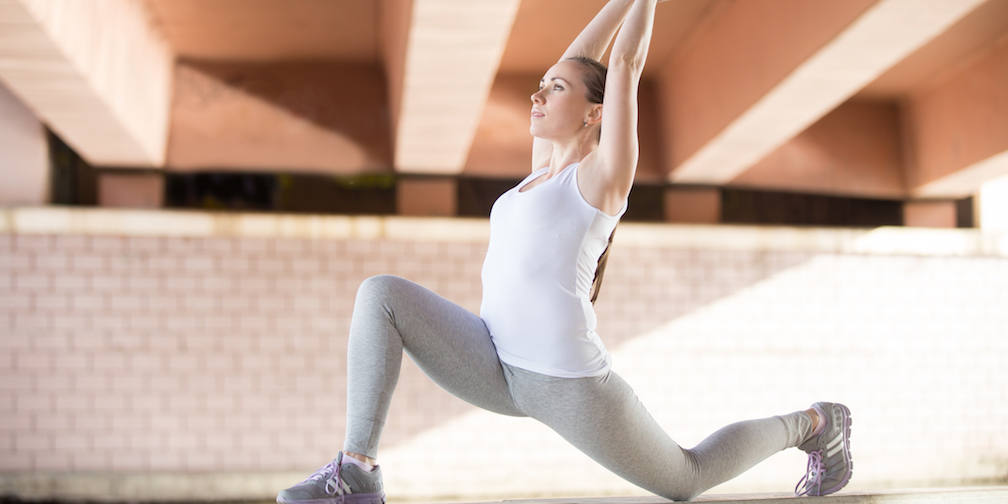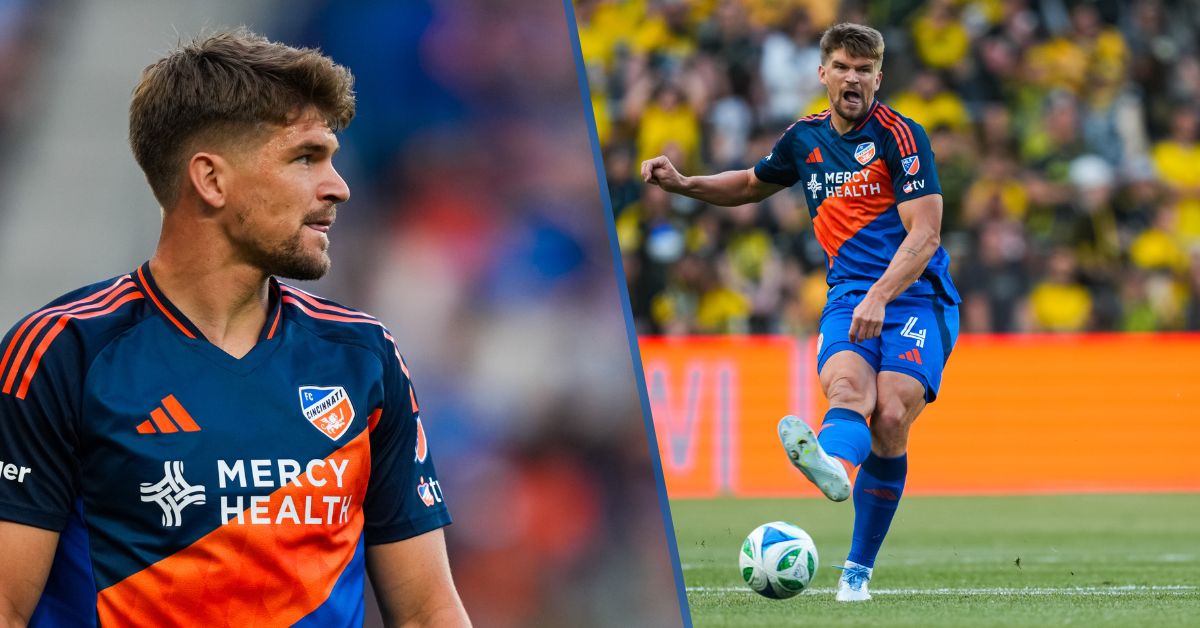Runner’s knee is a common condition that afflicts many runners and athletes. But what is runner’s knee, and how can you tell if that’s what is causing your knee pain?
What is runner’s knee?
Runner’s knee, known as patellofemoral pain syndrome (PFPS), is a term used to describe a group of conditions that cause pain around the patella, or kneecap. It is often associated with overuse and repetitive stress on the knee joint, making it a common issue among athletes, particularly runners. It’s characterized by pain and discomfort around the kneecap and the surrounding area.
While it predominantly affects runners, it can also impact individuals who engage in activities that involve bending and straightening the knee, such as walking, cycling or jumping.
What is runner’s knee caused by?
Contrary to what the name may suggest, runner’s knee is not caused only by running. Any repetitive movement of the knee joint can lead to developing this condition. Some common causes include:
- Overuse: One of the primary causes of runner’s knee pain is overuse. The repetitive motion of running or other high-impact sports can put excessive strain on your knee joint, leading to inflammation and pain.
- Muscle imbalances: Weak or imbalanced muscles in your thigh and calf can alter the tracking of the patella, causing it to rub against the femur, or thigh bone, and result in pain.
- Biomechanical issues: Abnormalities in the way your knee and leg are aligned, such as flat feet, can increase the risk of runner’s knee. Excessive pronation, which is walking or running with the feet rolling in while the thigh muscles pull the kneecap outward, can also cause knee pain.
- Inadequate footwear: Wearing improper or worn-out athletic shoes can contribute to runner’s knee by providing inadequate support and cushioning.
- Rapid increase in activity: Many runners increase their distance too quickly or start running too often, and don’t notice until there’s an issue. This sudden increase in training intensity or frequency without proper conditioning can trigger runner’s knee.
How do you know if you have runner’s knee?
Runner’s knee always causes pain and discomfort, but not all knee pain is caused by runner’s knee. The symptoms of runner’s knee can vary in intensity and may include:
- Dull, aching pain around the front of the knee, which may worsen when bending your knee
- Pain during and after physical activity, particularly when going downhill or downstairs, or pain after sitting for a long time with knees bent
- Swelling and inflammation around the kneecap
- A grinding or clicking sound when moving your knee, which can make your kneecap tender to the touch
- Weakness or instability in your knee
What happens if runner’s knee goes untreated?
If you suspect you have runner’s knee, it’s crucial to seek a medical evaluation from a health care professional. They will typically perform a physical exam, evaluate your medical history and may recommend imaging tests like X-rays or an MRI to rule out other conditions and confirm the diagnosis.
However, stopping all activity is not generally advised. Often, you can continue to run with runner’s knee, but it won’t go away on its own without addressing the root cause.
How long does it take to heal runner’s knee?
Treatment for runner’s knee is generally conservative. Depending on the amount of pain you’re in and how long it’s gone untreated can affect what treatment is the most effective. Some of these treatments can include:
- Rest: Reducing or temporarily ceasing activities that exacerbate the pain can allow the knee to heal on its own.
- Physical therapy: When weak muscles around your knee are the main cause of your condition, physical therapy may be the best treatment. A physical therapist can help strengthen the muscles around your knee, correct biomechanical issues and improve flexibility.
- Orthotics: Custom or over-the-counter shoe inserts can help with foot support and alignment when this is the cause of the condition.
- Pain management: Non-prescription pain relievers or anti-inflammatory medications may be recommended to manage pain and swelling as you progress through treating the underlying issue.
- RICE: Rest, ice, compression and elevation can provide relief from pain and swelling.
- Bracing: Wearing a knee brace may provide support and stability during physical activity, preventing further injury.
- Gradual return to activity: Often, runner’s knee is caused by increasing intensity too quickly. Gradually easing back into exercise with proper warm-ups and stretches can prevent a recurrence.
In some cases, when conservative treatments are not effective, a health care professional may recommend surgical interventions. This is most common when injuries or runner’s knee is left untreated for too long or if you also have another condition, such as arthritis.
Here are some knee pain tips from Tracy Moody Cessna, PT, DPT, of Mercy Health — Center of Excellence, Sports Performance and Rehabilitation.
Finding the right treatment for you
Runner’s knee is a prevalent issue among athletes, particularly runners, but it can affect anyone who engages in activities that stress the knee joint. Understanding what is causing your knee pain and evaluating your options for treatment is essential for managing this condition and preventing further complications.
If you’re experiencing knee pain, consult an orthopedics or sports medicine provider for an accurate diagnosis and tailored treatment plan to get you back on the track or field safely and pain-free.






